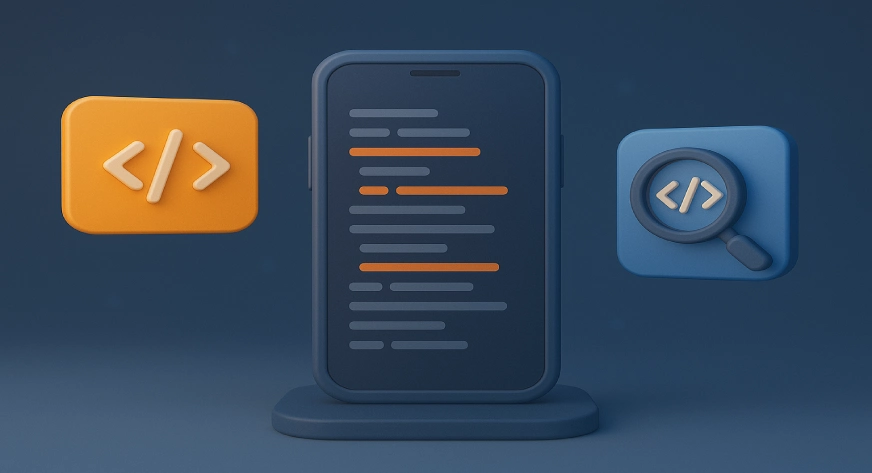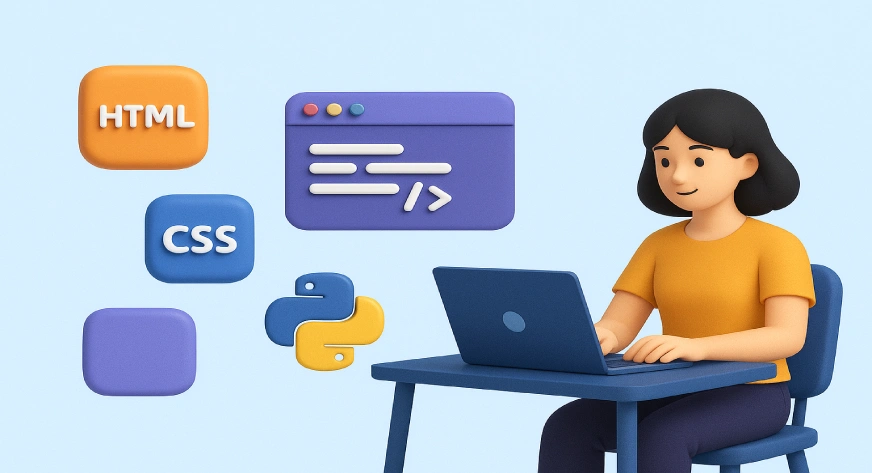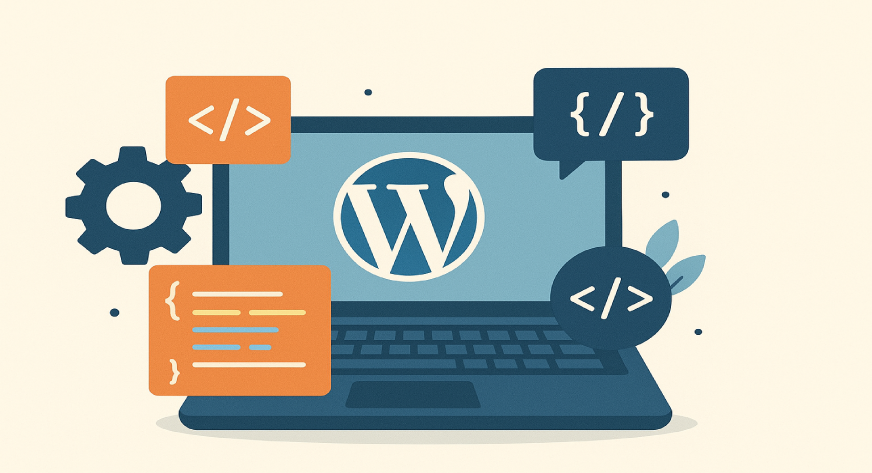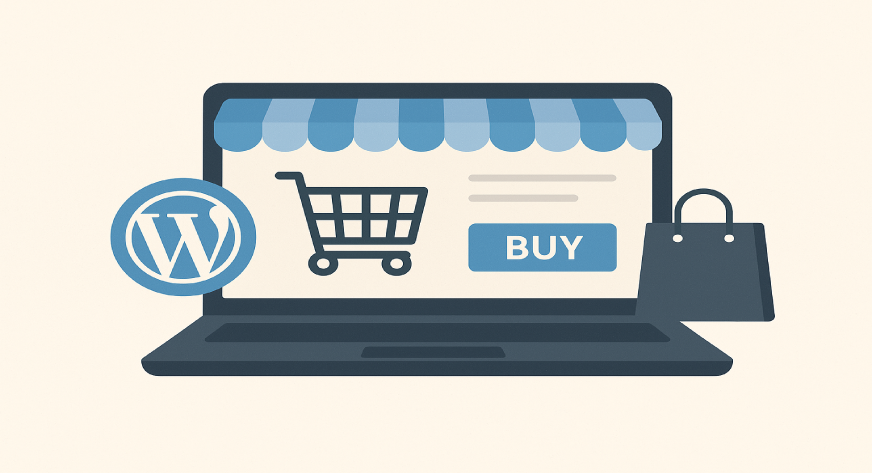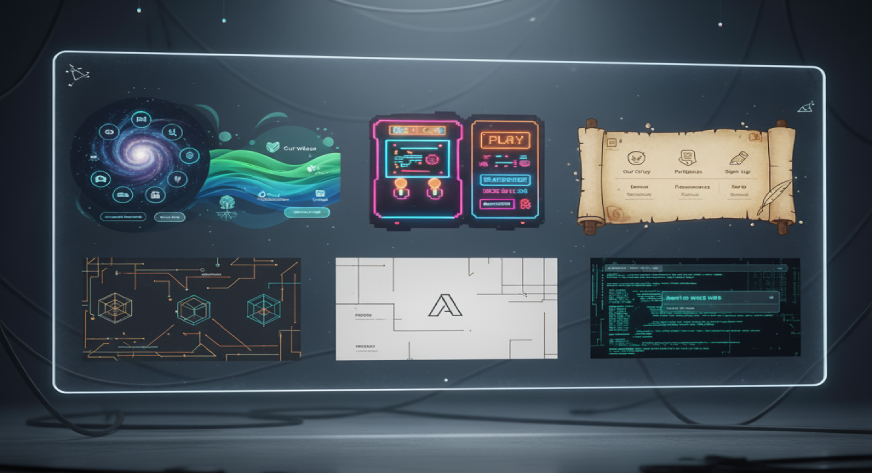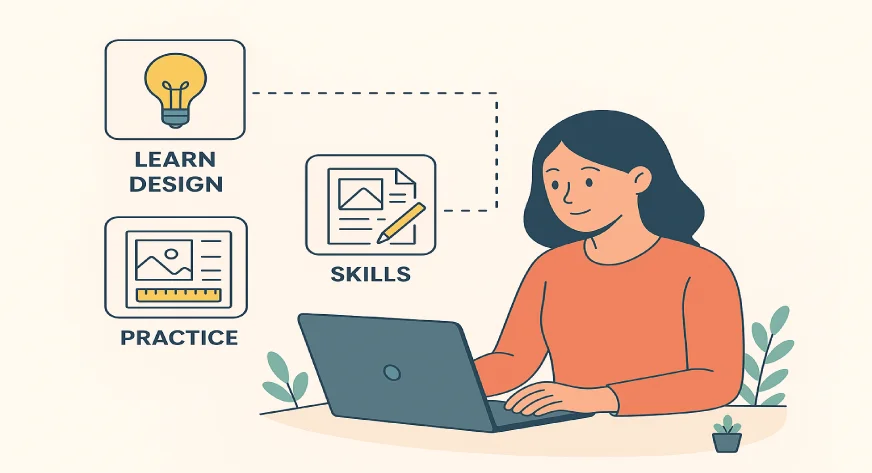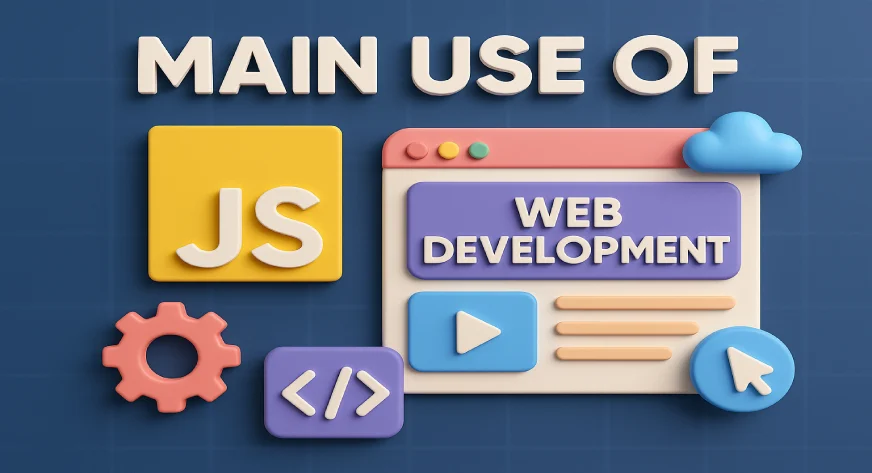
What Is the Main Use of JavaScript?
JavaScript is mainly used to make websites interactive it adds dynamic features like clickable buttons, animations, real-time updates, form validation, and responsive user actions that HTML and CSS alone cannot handle. If you’ve ever clicked a button on a website, watched an animation, or filled out a form online, chances are JavaScript was behind it. It’s one of the most important programming languages that brings websites to life. But what exactly is the main use of JavaScript? In simple terms, JavaScript is the engine that powers interaction on the web. From smooth navigation to dynamic content updates, it helps make online experiences more engaging and user-friendly. Whether you’re watching a video, scrolling through social media, or checking out products on an e-commerce store, JavaScript is quietly working behind the scenes. Let’s explore what JavaScript is, how it’s used, and why it’s so valuable for developers and businesses today. What Is JavaScript? JavaScript is a programming language used to make websites interactive. While HTML builds the structure of a webpage and CSS styles it, JavaScript adds life and movement to it. It’s what allows web pages to respond to your actions without reloading the entire page. For instance, when you add a product to your cart on an online store or see live updates on a news site that’s JavaScript at work. It can also handle animations, pop-ups, and even connect to APIs to fetch data in real time. One of JavaScript’s biggest advantages is that it runs directly inside your web browser. This means you don’t need extra software to use it it’s already built into Chrome, Firefox, Safari, and other browsers. Main Use of JavaScript The main use of JavaScript is to make websites dynamic and interactive. Before JavaScript, websites were mostly static they could only display fixed information. JavaScript changed that by allowing web pages to respond instantly to user actions. Here are a few common ways JavaScript is used: For example, when you start selling product on Shopify, JavaScript ensures that your product images load smoothly, cart totals update instantly, and your buyers enjoy a seamless experience. It’s what keeps online stores fast, efficient, and easy to use. Also Read, Which is the Best Programming Language for Web Development? Other Important Uses of JavaScript While interactivity is its main role, JavaScript is used far beyond just websites. Let’s look at some of its most important applications: 1. Web and Mobile App Development JavaScript powers many popular web and mobile applications. Frameworks like React, Angular, and Vue.js are built on JavaScript, helping developers build everything from online marketplaces to streaming platforms.Even mobile apps like Instagram and Facebook rely on React Native (a JavaScript framework) to offer smooth, native-like experiences on both Android and iOS. 2. Server-Side Development Thanks to Node.js, JavaScript can now run on servers too. This means the same language can be used for both front-end and back-end development.Big companies like Netflix and LinkedIn use Node.js to manage millions of daily user interactions quickly and efficiently. 3. Game Development JavaScript is also used to create browser-based games. With libraries like Phaser and Three.js, developers can design 2D and 3D games that run directly in a browser without any downloads. 4. Automation and Browser Extensions JavaScript makes it easy to automate repetitive browser tasks or build custom browser extensions. For example, ad blockers, SEO tools, and screen recorders often use JavaScript scripts to perform specific actions automatically. From websites to games to apps JavaScript is everywhere. And if you’re planning to start selling product on Shopify, JavaScript plays a key role in customizing themes, improving checkout processes, and optimizing user interactions. Also Read, What is Best Website Frameworks in 2025 Why Is JavaScript So Popular? JavaScript is the most widely used programming language in the world, and there are good reasons for that: Think of how Shopify stores run every dropdown menu, live price update, or “add to cart” animation uses JavaScript. This language makes online shopping interactive and reliable for users across the globe. How to Learn JavaScript and Get Started? If you’re new to coding, JavaScript is one of the best languages to begin with. Here’s how you can get started: Learning JavaScript opens doors not only to web development but also to app creation and automation. It’s a must-have skill for anyone who wants to work in tech, create web apps, or even start selling product on Shopify more effectively. Wrapping Up The main use of JavaScript is to make the web interactive, responsive, and user-friendly. From small personal blogs to large e-commerce platforms, it powers countless websites across the internet. For beginners, it’s a great starting point for coding. For businesses, it’s the foundation of a smooth and dynamic online experience. No matter the scale, JavaScript remains the backbone of how users interact with content on the web. If you’re planning to build a website or an online store that’s efficient, attractive, and easy to manage, Webworks Co. can help. Their IT solutions cover everything from website setup to performance optimization all tailored to your goals. It’s a simple way to bring your ideas to life with the right technical support.

